Here you'll find the stages from Porto to the capital of Galicia, which form part of the Portuguese Central Way. Although this ancient route officially starts in Lisbon, most people follow it from Cidade Invicta. So we've taken heart and written down everything you need to know to make the trek to Santiago de Compostela.
The Way before the stages.
Leaving Porto, the Camino de Santiago has stages that can take 10 days or more. Despite this indication, the route has no written rules, apart from respect for other people and nature around you (please don't litter).
Here, walkers from all over the world come together on the Camino de Santiago. In this way, religious or secular people pursue the feeling of physical well-being, the beauty of the landscapes and the solidarity of the pilgrims. It's a unique experience and one that is shared at every moment along the way.
Por isso, existe um documento oficial dedicado a todos os peregrinos que saíam, no mínimo, de Tuí a Compostela, a credencial do peregrino. Esta documentação vem com regalias do Caminho de Santiago. Por exemplo, acesso a albergues públicos e menus peregrinos. No fim, recebes um documento oficial com os quilómetros percorridos. Para o receberes, só precisas de 2 carimbos por dia. Não te preocupes, igrejas, cafés, albergues, todos têm um carimbo para ti.
A credencial pode ser adquirida em locais como a Sé do Porto ou nos muitos dos albergues públicos das cidades. Neste caso, deves ligar antes para os estabelecimentos, para teres a certeza de que têm o documento disponível.
Try to plan your trip in some detail. With 10 stages, divided into 10 days, the best times of year to do the route are between the end of March and May and September and October. At these times, the temperatures in Portugal are pleasant enough to walk without getting cold and the hostels are open.
On the other hand, the 10 days indicated are the ideal combination of physical and psychological challenge, giving you time to observe the route, which deserves to be seen and reviewed. However, if you want to do it in less time, that's an option. But it's a big effort and you need to know if you're physically ready.

The Portuguese Central Way of Saint James in 10 days of stages.
As we saw above, the Portuguese Central Way of Saint James can be divided into 10 days. In this segment you can read a short description of each one. What's more, you just have to click on the stage number to access places to stay and overnight stays.
1. Porto - Vairão.
The journey begins with preparation, but Porto Cathedral is the physical starting bridge. The arrows are clearly marked on the ground and, if you need them, just ask. Some people start a little after the urban fabric. However, if you don't know Invicta, it's worth a visit. Arriving in Vairão gives those who wish to do so the opportunity to rest and eat. For others, Vilarinho is just around the corner and São Pedro de Rates is 10 km away.
2. Vairão - Barcelos.
After the first night on the road, get ready to meet nature. Vila do Conde is a hidden secret revealed only to the bravest (pilgrims, of course). Follow the advice of Gato Fedorento and go to Café do Barbosa for a chat. When you arrive in Barcelos, don't forget your bathing suit to cool off on the river beach.
3. Barcelos - Ponte de Lima.
This one costs. It's one of the longest crossings on the road, but it deserves our full attention. Before you start your day, or during it, stop by a pharmacy and buy some foot dressings. It's on this day that those unwanted blisters start to appear. A path without blisters is much better.
4. Ponte de Lima- Rubiães
It's the showdown of the Portuguese central road. Is it difficult or not? The answer is up to you. Some say that the Serra da Labruja is the most physically demanding part, as it's a big climb (it's a mountain, of course). Others, as the stage is short - a measly 19 km, what's that, right? - it doesn't feel like much of a challenge. When you do it, send us a message! We look forward to hearing about it!
5. Rubiães - Tuí.
Today, we arrive in Spain. With half the journey behind us, it's time to celebrate. If you haven't done the route before, get the Compostela in the Spanish city. It's the last place you can do it and at the same time be entitled to a diploma at the end of the route.
6. Tuí - Mos.
Mós is a small village on top of a mountain. It could well be a setting for a cartoon, such is the layout and beauty of the landscape. Along the way, however, you'll also come across the town of Porrino. A pilgrim metropolis where every corner has a piece of Camino de Santiago history.
7. Mós - Pontevedra.
This stage competes with Barcelos - Ponte de Lima. Why? It's long and therefore tiring. To make matters worse, both the arrival in Redondela and the arrival in Pontevedra are steep descents and climbs. This can be unpleasant for those with blisters from the previous days. But fear not. In Redondela, there's plenty to rest and have lunch. And in Pontevedra idem.
8. Pontevedra - Caldas de Reis.
A few kilometers of road. But no ups or downs. Straight ahead, to the peaceful Caldas de Reis. It's like entering a small village where everyone knows who's who. The pilgrims already know each other, because they've spent the days walking side by side, and those who work in the cafés and restaurants are more than used to treating all the walkers like family.
9. Caldas de Reis - Padron.
Some consider this stage to be the most beautiful on the route. And rightly so. The woods look enchanted - as we've heard - and deserve to be appreciated. Best for the end. When you get to Padron, don't forget to try the peppers (some sting and some don't!).
10. Padron - Santiago de Compostela.
We've reached the end of the road. On the way, it seems that there are more people than usual along the route. As we approach the cathedral, the entrance to the Galician capital takes on a new dimension. It's further than it looks, so go for it. You're almost there! If you see that the queue is too long to get your Compostela, don't worry. The ID is valid for 2 years.
Camino de Santiago: prepare your adventure together.
If you want to know more about each of the stages, make sure you visit our website. Each of the days has personalized maps, tips for choosing where to eat and sleep and the itinerary designed by those who have already walked the route and the suggestions of a community of more than 60,000 pilgrims.
Don't get lost planning your route!
Shall we walk?
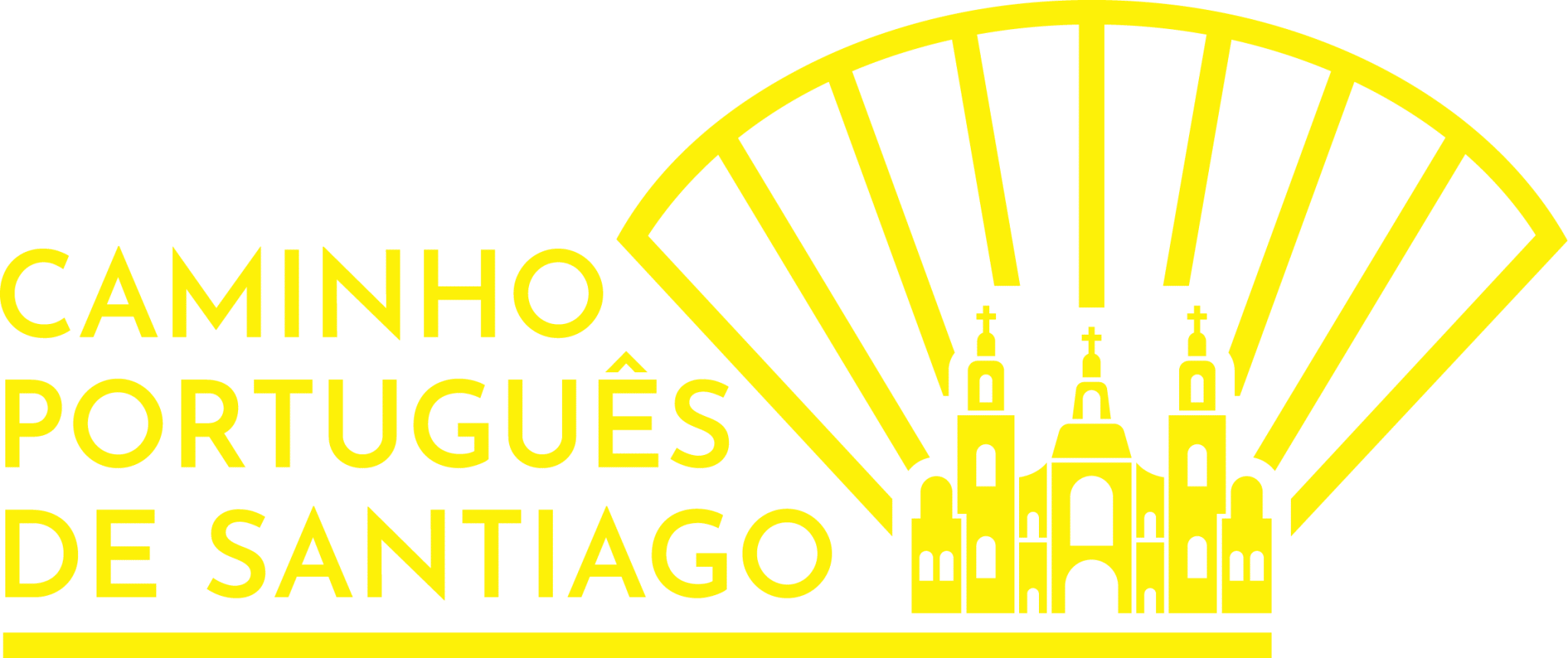



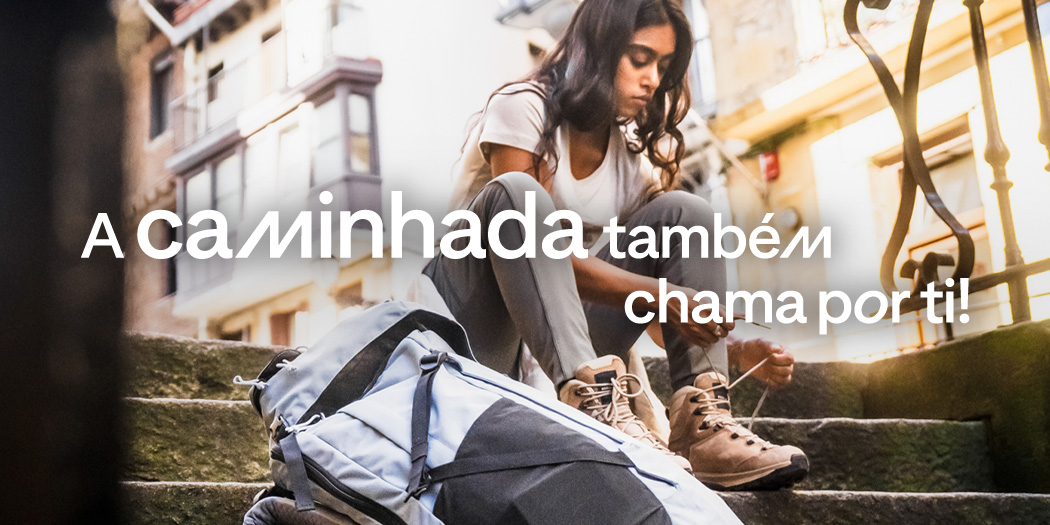

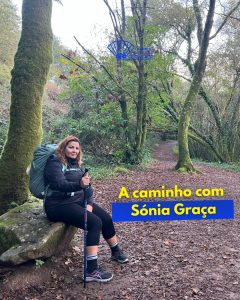
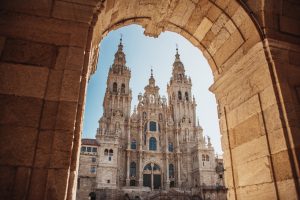
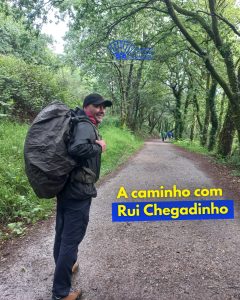
The best time of year to walk
Thanks for sharing your journeys
Good afternoon, I'd like to do the central Portuguese route, but as there isn't much time, I'd like to do it in 8 days. Could you give me any tips on the best stages?
I'm thinking of doing it in April during Holy Week
Starts 01/12/2022 - Porto....